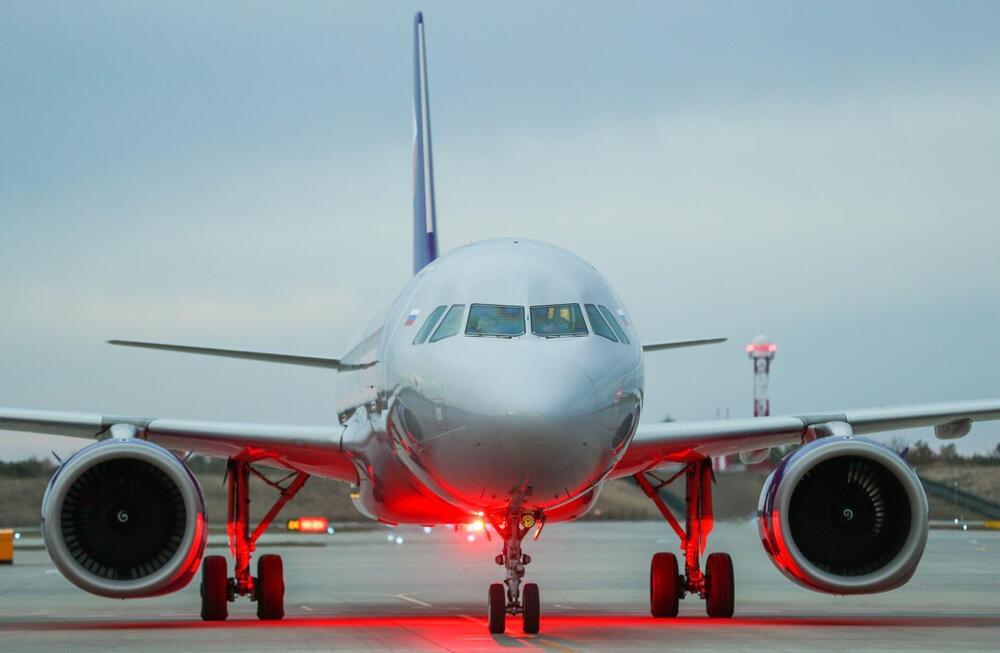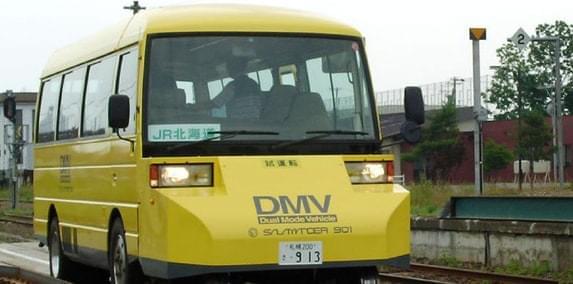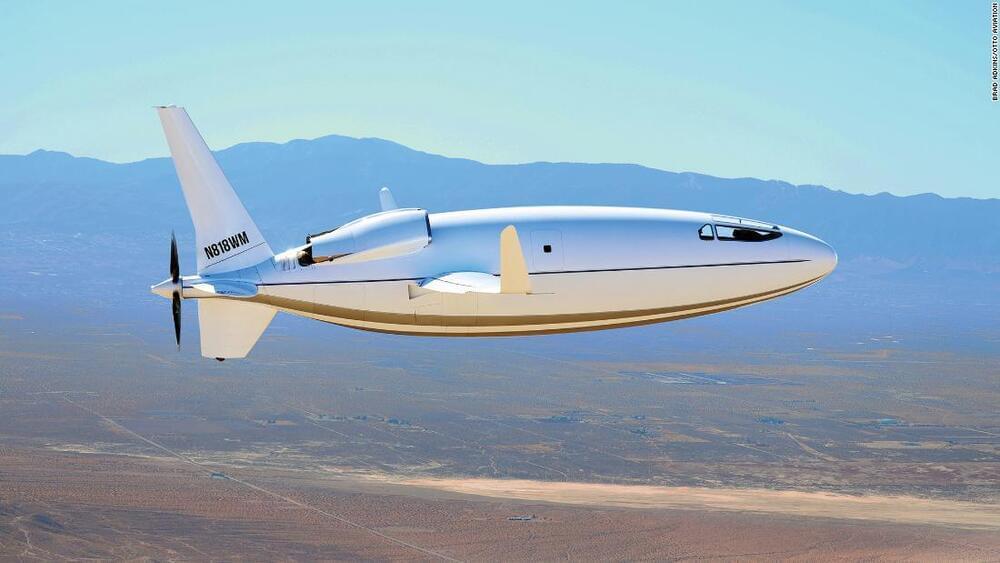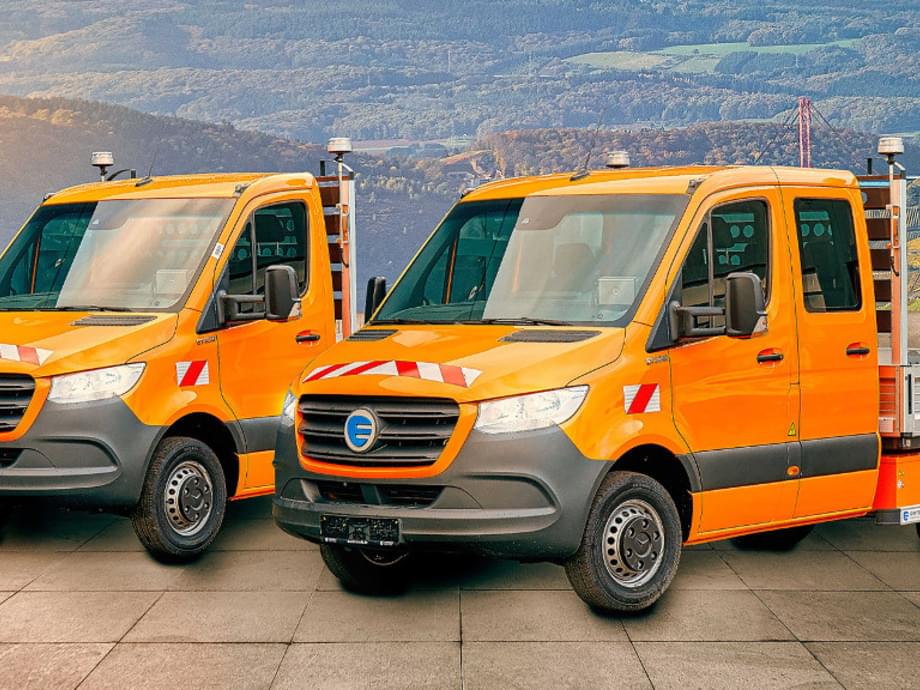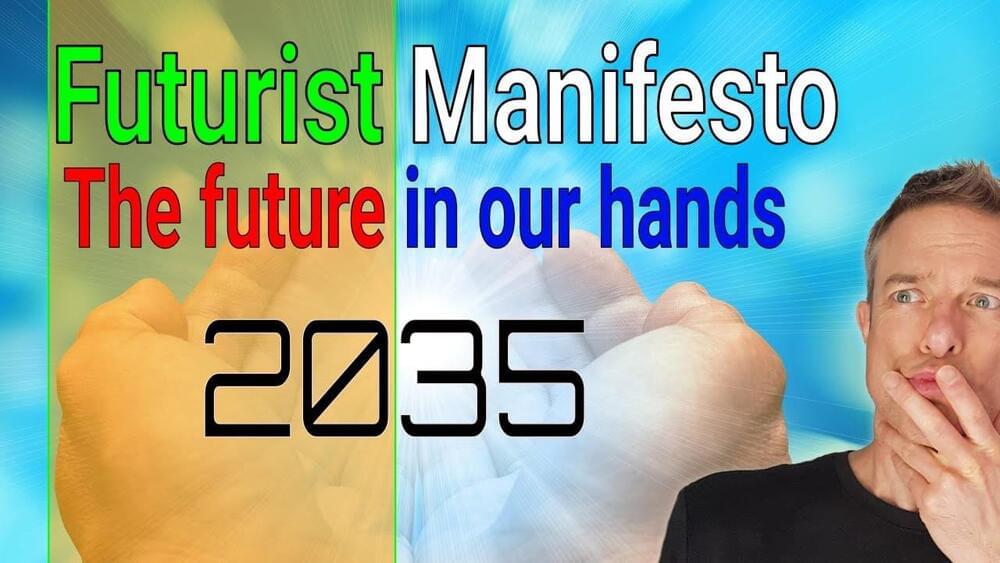NASA’s aircraft flight scheduling technology will start rolling out in 2023 to better coordinate aircraft movements at airports across the United States. It follows almost four years of research and testing by NASA and the FAA.
NASA’s surface metering technology is being integrated into the FAA’s airport surface management technology called the Terminal Flight Data Manager (TFDM) that will get implemented at 27 airports around the US.
The platform aims to improve efficiency, shift departure wait times from the taxiway to the gate, save fuel, reduce emissions, and give airlines and passengers more flexibility in the period before leaving the gate.
